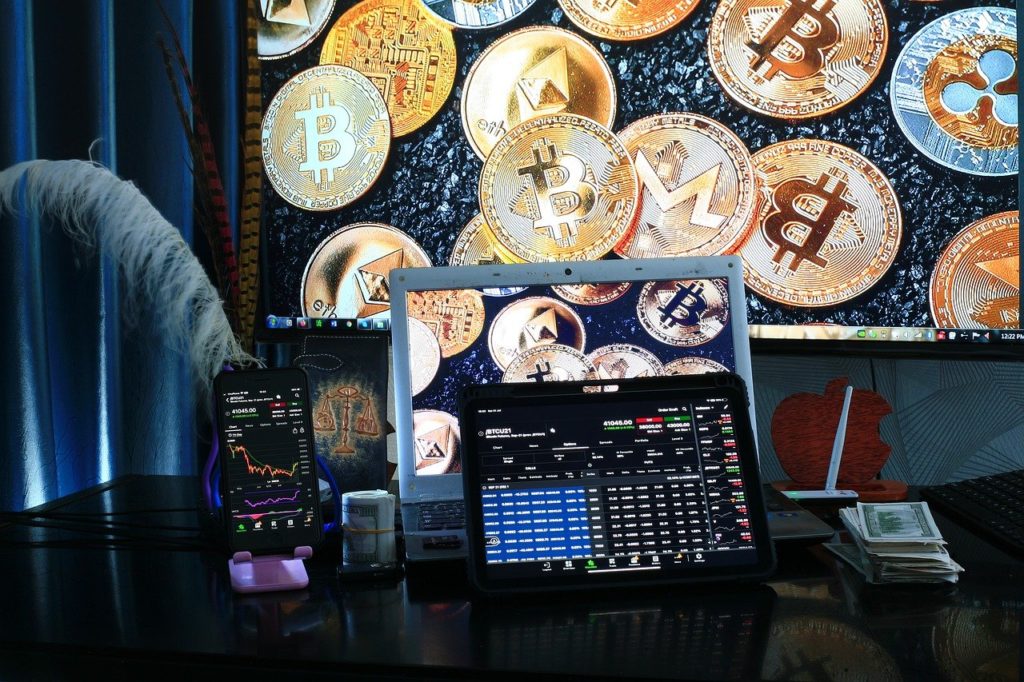Is it the hip of gold and silver lying beneath a rock in South Africa, Mongolia, Peru, and other countries that are rich in natural resources? Is it the notes and paper with the market women in the street of Lagos? Perhaps it is the digits behind the software and technology that the world is scrambling for – cryptocurrency. Give it whatever name, the history, discovery, and invention of money are the most contentious and interesting subjects in the evolution of human civilization because money is a universal language.
For many years, different civilizations have used different forms of money either in metals such as gold and silver or clay tablets, cowries, crocodile, paper among other objects. All these objects have often served as money which people use to trade, and engage in financial transactions. Interestingly, gold and silver by happenstance remain the only surviving ones today for more than 5,000 years. In fact, prior to the dawn of the 21st century, most of humanity used commodity money (gold and silver) until the government and central banks had replaced it with fiat money. So, does that make gold and silver money? How do we know for sure? Where exactly does the truth lie and how do we define it? While the answers to these questions might lead to more, the years of metallic money and its resilience against other fiat currency is something to reckon with.
While many forms of money have vanished throughout history, gold and silver have remained constant. Well then, what gives Gold and silver this unique feature? In it (Gold and Silver) lies an intrinsic value. Money should have a constant value because it is used to store wealth. It is also used to pay people’s reward for their labor and hard work. For example, a person who works and saves his salary in (gold and silver) for 5 years and decides not to work for another 5 years or less. The value of the money he had saved should be enough to sustain him for the time he is off work. This is because the value of the money is inside the money; not outside of it in the bank or with faith in people – network.
Sometimes, the value of money comes from a factor outside the instrument of money itself. Take the political factor as an example, if the government empowers an instrument of money, the value in that money is not exactly in that instrument but backed by the government power. This, however, could make people suffer a tremendous rip-off through inflation which could render their instrument of money (currency) worthless over time, then render their savings and labor wasteful.
Meanwhile, since the aftermath of the 2008-9 global banking crisis, many experts and concerned individuals have sought more reforms to the financial system. Thus, the advent of bitcoin and cryptocurrencies as new instruments of money. There is something that gives cryptocurrencies their value to become tangible money, just like gold, silver, and paper money. The question should be where the value comes from, not just where the currency itself comes from. The competition and collaboration between gold as a form of money and other currencies will continue to persist in the 21st century and beyond. In the end, history has shown that Gold has often won. Whether or not Gold will defeat cryptocurrencies or vice versa in our time, only time would tell.

